Ultra WideBand Market Summary
As per MRFR analysis, the Ultra-Wide Band Market Size was estimated at 1.702 USD Billion in 2024. The Ultra-Wide Band industry is projected to grow from 2.07 in 2025 to 14.63 by 2035, exhibiting a compound annual growth rate (CAGR) of 21.6 during the forecast period 2025 - 2035.
Key Market Trends & Highlights
The Ultra-Wide Band Market is poised for substantial growth driven by technological advancements and increasing applications across various sectors.
- The market experiences increased adoption in consumer electronics, particularly in North America, which remains the largest market.
- Expansion in automotive applications is notable, with Asia-Pacific emerging as the fastest-growing region.
- There is a pronounced focus on smart infrastructure development, particularly within the IT and Telecom segment, which is the largest.
- Key market drivers include the growing demand for precision location services and advancements in IoT integration, fueling growth in the healthcare segment.
Market Size & Forecast
| 2024 Market Size | 1.702 (USD Billion) |
| 2035 Market Size | 14.63 (USD Billion) |
| CAGR (2025 - 2035) | 21.6% |
Major Players
Decawave (IE), NXP Semiconductors (NL), Texas Instruments (US), Qorvo (US), STMicroelectronics (CH), Infineon Technologies (DE), Cypress Semiconductor (US), Zebra Technologies (US), Ubisense (GB)
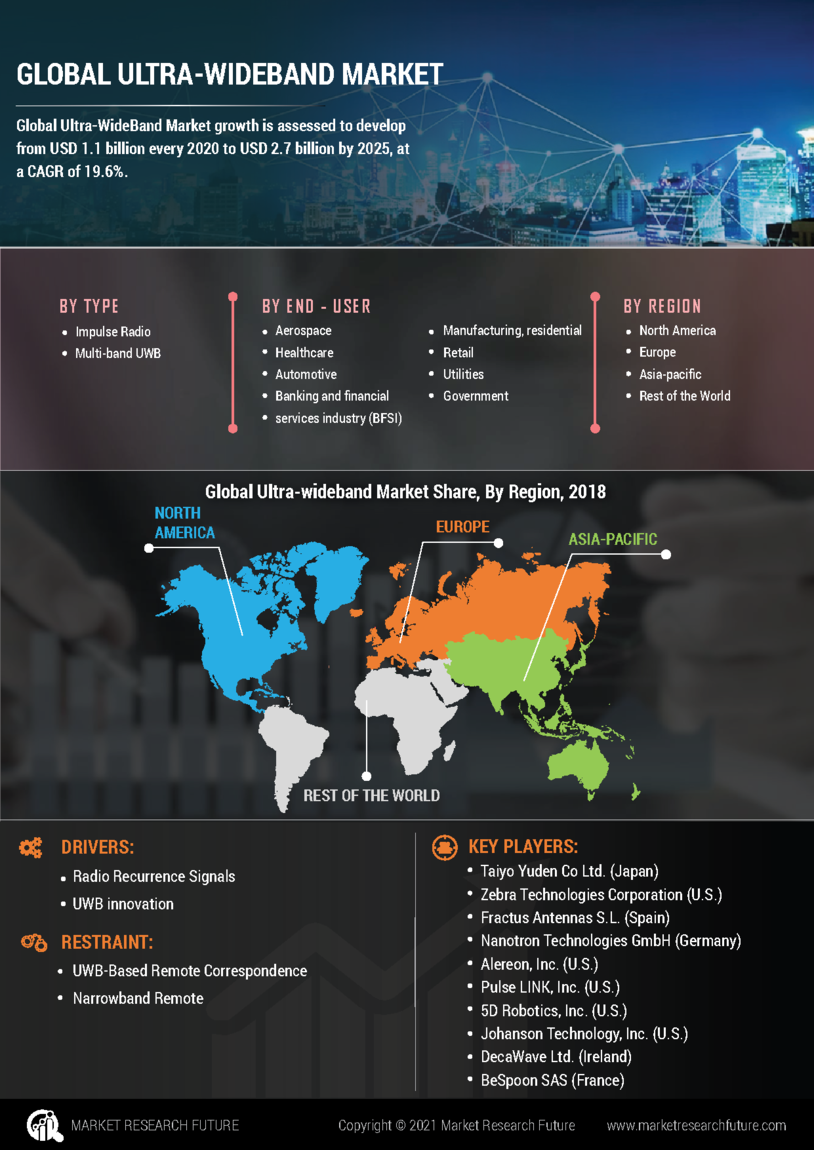

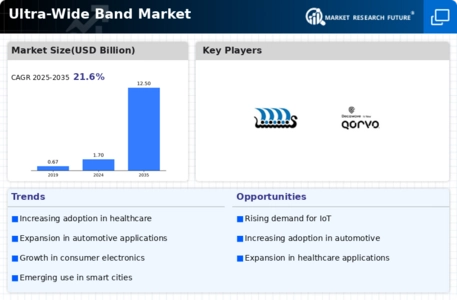
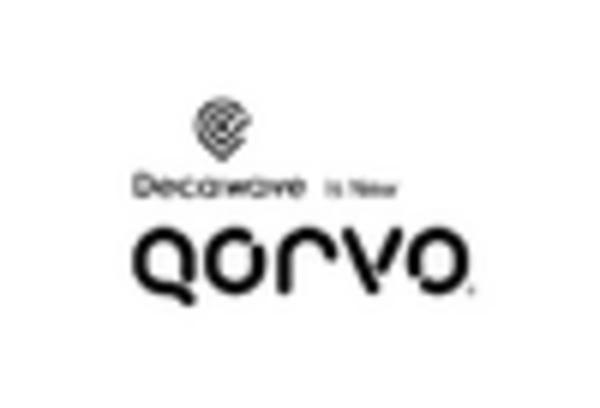
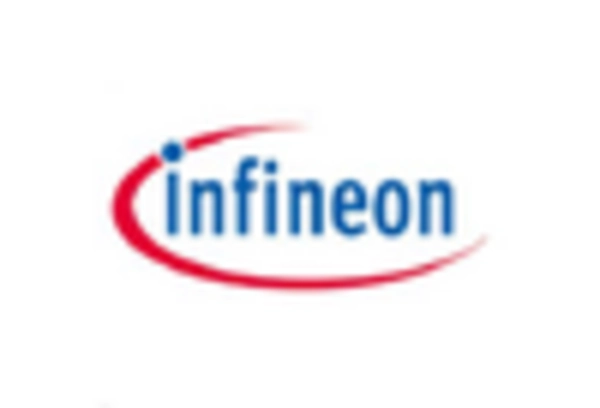
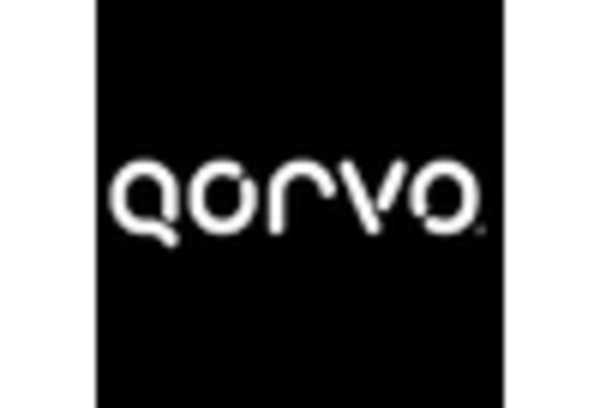
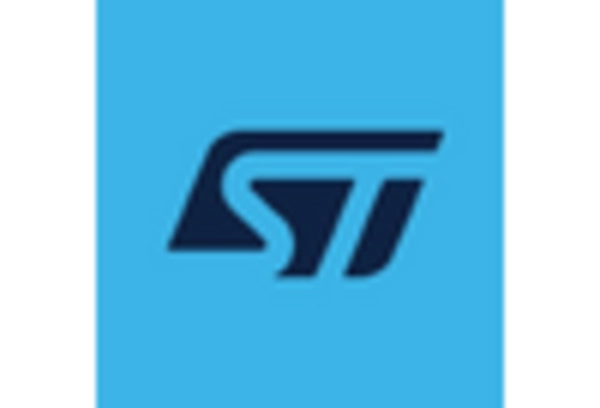









Leave a Comment